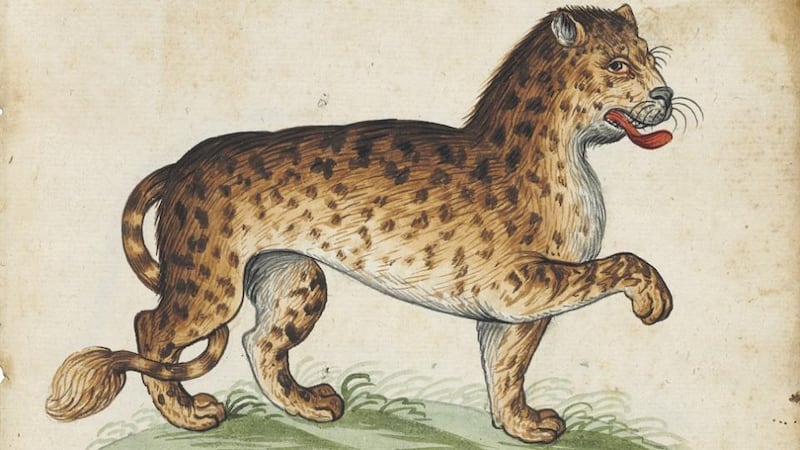Like the mysterious monks who created Ireland's illuminated manuscripts, little is known about 17th-century German artist Johann Joachim Henneberger. But a manuscript he created in 1673, made up of 250 pages filled with watercolour drawings, has survived for posterity. It is a remarkable compendium of natural history containing images of animals , birds, reptiles, fish, crustacea, insects and flowers.
Christie's said the "the amazing manuscript" will be offered in a sale of Valuable Manuscripts and Printed Books on Wednesday in London. The top estimate is £150,000 (€189,200).
Some of the paintings may appear whimsical and naive to modern audiences but their survival, in such good condition after nearly 400 years, will delight collectors of rare books and manuscripts.

Henneberger was clearly a keen naturalist with a great eye – a sort of 17th century cross between Michael Viney and David Attenborough – whose intention was to provide a definitive artistic record of subjects from nature. The appearance of the manuscript at auction affords a rare opportunity to see the marvels of the natural world through his eyes before the fragile pages vanish again, most likely into the private library of a wealthy book collector.



















